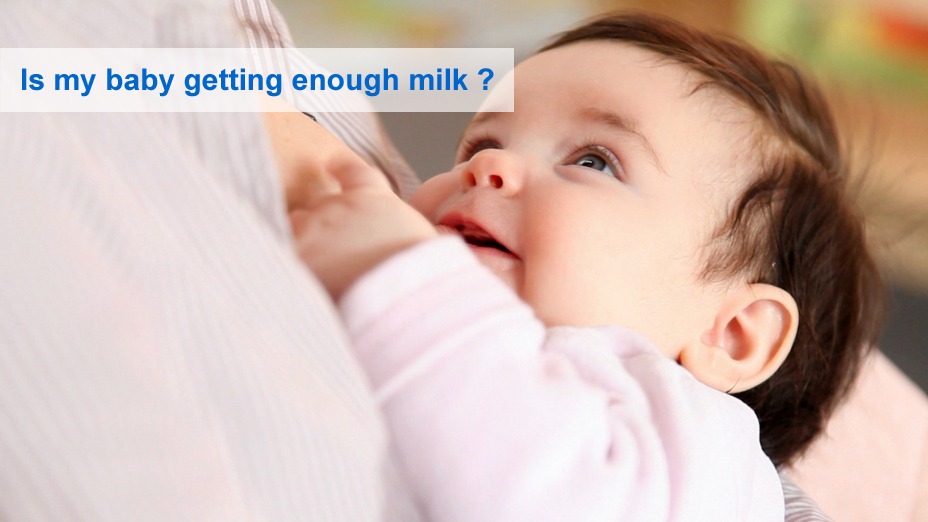When you have a breast-fed baby, it is normal to worry about whether it is getting enough milk. Since the milk cannot be seen, quantifying it is basically impossible. Therefore, how can you determine that is your child getting enough milk? Your breasts typically make breastmilk for your newborn for the first several weeks. The first milk is thick and gooey, but it is high in nutrients and favorable to the defensive mechanism of the newborn baby.
Your newborn will most probably feed 8-12 times per day, or even more, in a period of 24 hours. In the initial periods, regular nursing stimulates your breasts to make the right amount of milk for the baby. During the first few days, your body will convert the super-rich colostrum and mature milk to meet your baby’s changing needs. Your baby will nurse frequently and begin to gain weight.
What are a few indications that the baby is full?
Here are some signs that will let you know that the baby is well-fed with european baby formula and in a good mood.
- 10 to 12 times every 24-hour timeframe, the baby is being fed.
- After a meal, the baby appears satisfied and happy, removing the nipple according to their own will.
- Prior to nursing, their hands seem to be in fists, and then they will generally soften and relax.
- Around four months of age, an increase in weight is likely to be around 155-240 grams or 5.5 – 8.5 ounces every week.
- During rounds, the baby seems to be slurping up the milk. Since the mother is experiencing a fall, the baby takes bigger sips of milk. With all these times, the child’s quick suction that stimulates the outflow calms to one suck each second when increasing proportions of milk enter their mouths until they ingest and examining their throats will indicate the peaks and troughs that happen throughout swallowing.
- Around day five, the newborn’s bowels are now turned yellow and have a loose, foul consistency. By the age of 5 days, the baby might have 3 or 4 stools each day.
- In the beginning, the baby might not always discharge much pee, but this should improve with age. Wet nappies should be incredibly common by the point your newborn is five days old, typically five or more for a period of 24 hours. It can also be challenging to tell if disposable nappies are full or wet; they must be weighty after five days when a considerable amount of breastmilk has gone in.
- When awakened, the baby is attentive and energetic, and he or she is achieving important growing and developing stages.
What are some indications that show that the baby is not getting plenty of milk?
- The baby appears to be tired or sluggish. Babies who do not get adequate milk have lower activity levels. The baby will usually fall asleep for 3 hours or more.
- At the breast, the baby occupies between too short and too long periods. A baby that isn’t ingesting well could feel sleepy immediately after initiating breastfeeding, or feeding may take a bit longer, around 30-40 minutes.
- When gripping is unpleasant or feels weak, it is a major red flag. A poor grasp might make it challenging for the infant to get adequate milk.
- By 10 to 15 days, the baby has not restored its birth weight, or an increase in weight is slower than anticipated.
What to do if the child is not getting enough milk?
Several nursing complications, minimal supplies are easier to overcome if handled as early as possible. Even though you are not clear whether there is an issue, consulting with a lactation consultant can benefit you. Understanding that things are progressing smoothly or that if they are not, you can seek guidance to enhance feeding for you and your baby can give a great deal of peace of mind.
Try hand-expressing your breastmilk when you are anxious your baby is not receiving enough. You can offer the pressed milk to him with a teaspoon, a teacup, or straight into their mouth. If your baby isn’t getting adequate milk, do not be afraid to reach for assistance from a lactation consultant or professional and your child’s health physician.
Conclusion:
Breastfeeding mothers frequently wonder if their baby has sufficient milk. This article discusses all of the indicators you can look for to know that is your baby getting enough milk. After that, if you see an issue, you can take the necessary measures.

